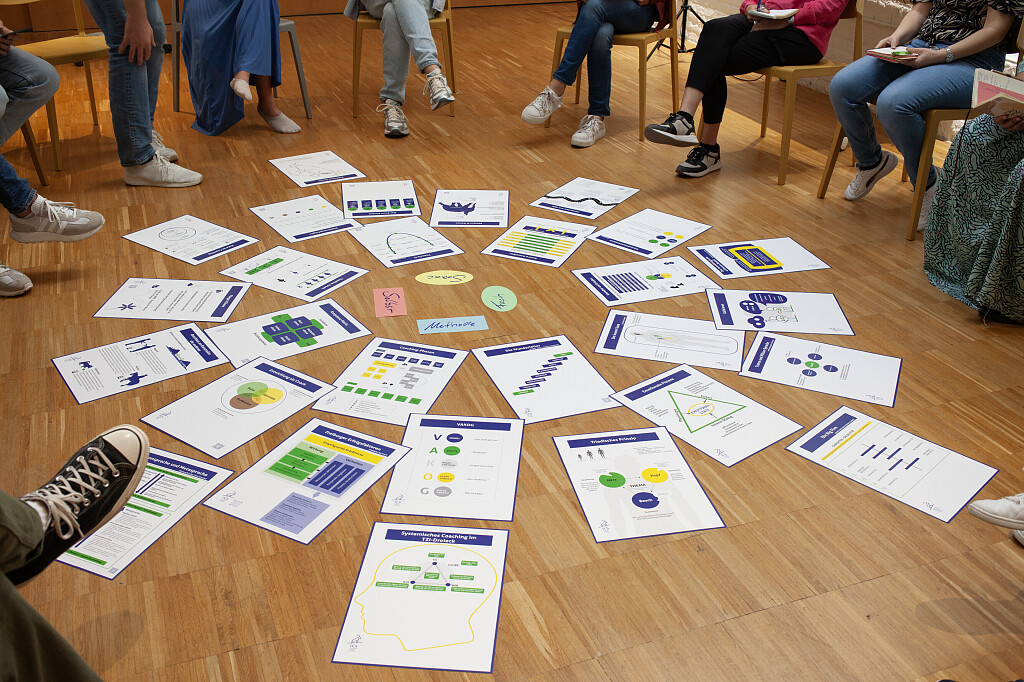What is the Change Curve?
The Change Curve describes seven emotional phases that individuals typically go through during a change process. However, the processing journey can vary individually.
The seven phases (Shock, Denial, Realization, Mourning, Searching, Finding, Integration) represent typical reaction patterns experienced in this order.
Why the Change Curve matters for leaders
For leaders and change managers, the Change Curve is a valuable model that simplifies the understanding of complex emotional processes and provides insights for effective leadership.
Anticipating Reactions before they escalate
The Change Curve helps anticipate, recognize, and understand the reactions of those affected by the change. This allows for better responses or proactive measures to reduce the intensity of emotions and facilitate a quicker transition to positive phases.
Each phase triggers specific emotions and needs, which leaders should be aware of to address them promptly and appropriately.
Empirical Insights into Each Phase
Shock
Requires time, space, and distance to process the new information.
Denial
Needs clear information. According to John Kotter, it is a leadership task to highlight the urgency of the change.
Realization
This phase involves a mix of emotions such as frustration, fear, and anger. Leaders need to show understanding and provide clear direction and security, answering questions like “What can we do now?” and “Within what framework?”
Grief
Requires comfort. Letting go of the past often means letting go of cherished aspects.
Searching
Needs positive reinforcement. This is experienced when individuals complete tasks and actively contribute. Additional information about possible solutions is also helpful.
Finding
Needs recognition. Appreciation for new, positive behavior is crucial to establish new habits. Leaders should be vigilant to quickly notice and acknowledge positive behavioral changes.
Integration
Needs a sense of shared achievement. Even if the next change is already underway, celebrating successes and reinforcing them is an important part of the change process.
Note: Other models may use different terms. However, the content remains the same: emotional phases in change processes.
What leaders should keep in mind
The duration and intensity of these phases can vary among individuals.
Different hierarchical levels may start these phases at different times.
Every emotion reflects an underlying need.
Effective leadership involves recognizing and appropriately addressing these needs.A primary leadership task is to navigate quickly and securely to the Integration phase.
Competent management of uncertainty during the Change Curve is essential.
Turning emotion into forward momentum
By understanding and leveraging the Change Curve, leaders can better guide their teams through the emotional complexities of change, fostering a smoother and more effective transition.



